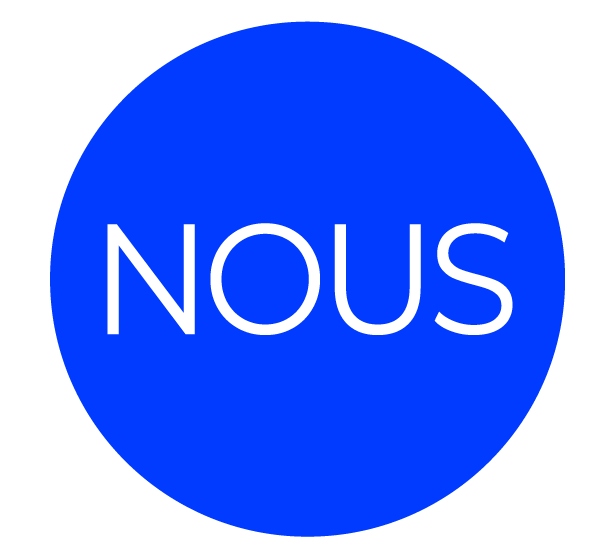Windows 10 enterprise remove store apps free.Get more stuff like this
Looking for:
Windows 10 enterprise remove store apps free

Click on the Gear icon on the left side. Find the apps that you want to remove in the list. Click on Uninstall. How to Disable or Uninstall Windows Store in Windows 10 · Locate the Windows Store by going to Program Files > WindowsApps. · Push Win+R and run. Select Start and look for the app or program in the list shown. Press and hold (or right-click) on the app, then select Uninstall. Uninstall from the Settings.❿
How To Uninstall Microsoft Store and the Apps — LazyAdmin. Windows 10 enterprise remove store apps free
Click on the Gear icon on the left side. Find the apps that you want to remove in the list. Click on Uninstall. How to Disable or Uninstall Windows Store in Windows 10 · Locate the Windows Store by going to Program Files > WindowsApps. · Push Win+R and run. Select Start and look for the app or program in the list shown. Press and hold (or right-click) on the app, then select Uninstall. Uninstall from the Settings.
❿
Windows 10 enterprise remove store apps free.Uninstall or remove apps and programs in Windows 10
Click on the application you want to delete or uninstall or remove. Click on Uninstall button. – who really needs Mail and Calendar, Microsoft Solitaire Collection or Xbox apps in an enterprise environment? Requirements. Click on Uninstall.❿
Windows 10 enterprise remove store apps free
They’re summarized in this table. The actions in the table are how you distribute apps, and manage app licenses. We’ll cover those in the next sections. Working with offline-licensed apps has different steps. For more information on distributing offline-licensed apps, see Distribute offline apps. Employees will receive an email with a link that will install the app on their device. Click the link to start the Microsoft Store app, and then click Install.
Also, in the Microsoft Store app, they can find the app under My Library. Once an app is in your private store, people in your org can install the app on their devices. For more information, see Distribute apps using your private store. The value under Private store for the app will change to pending. It will take approximately thirty-six hours before the app is available in the private store.
Employees can claim apps that admins added to the private store by doing the following. If you decide that you don’t want an app available for employees to install on their own, you can remove it from your private store.
The app will still be in your inventory, but your employees will not have access to the app from your private store. On the details page for each app, you can directly assign an app to a user, or for apps in your private store, you can set Private store availability.
Private store availability allows you to choose which groups of people can see an app in the private store:. For each app in your inventory, you can view and manage license details. This give you another way to assign apps to people in your organization. It also allows you to reclaim app licenses after they’ve been assigned to people, or claimed by people in your organization.
On the app details page, you’ll see the names of people in your organization who have installed the app and are using one of the licenses. From here, you can:. Offline licensing is a new feature in Windows 10 and allows apps to be deployed to devices that are not connected to the Internet.
This means organizations can deploy apps when users or devices do not have connectivity to the Store. For more information about online and offline licenses, see Apps in the Microsoft Store for Business. Find an app, click the ellipses, choose Remove from private store , and then click Remove. Choose the private store collection, and then under In collection , switch to Off.
Thanks, but the option to remove from private store does not appear in the ellipses menu as shown below:. Additonally, this app is set to not show in the store, but still shows up in the private store, as shown by two screenshots below;. I’m also still unclear on how we completely remove something from our store for business i. Do you have permission to remove them. There is a possibility like your account doesn’t have sufficient permission to remove them. You may check with Microsoft Support.
As far as I know I do, as I am a global administrator and can make setting changes elsewhere in store for business. Interestingly, some of the ones that were set to “No one” for private store visibility, I changed to everyone, then went back in and set back to “No one”. Having now checked a couple of days later, our total apps in the store have gone down from 44 to It is worth therefore highlighting; 1. The private store visibility shown in the portal was not reflected in the store itself until I toggled visibility on and off again.
It took a very long time for the results in the private store to actually update and reflect these changes. This just leaves me with the query of completely removing them from our account. Are there any other suggestions or places to check permissions, as we are a CSP customer and cannot raise support tickets directly with Microsoft.
I am not sure our CSP covers store for business for support.
❿
